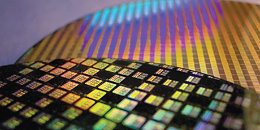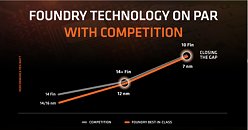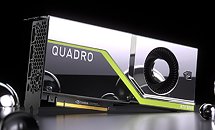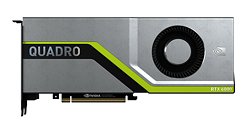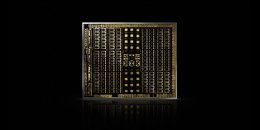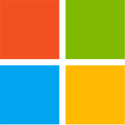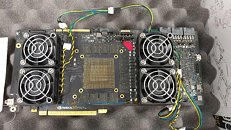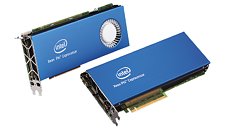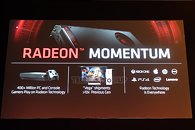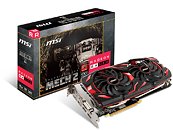Intel has submitted the first patches with Vulkan support to their open-source OpenCV library, which is designed to accelerate Computer Vision. The library is widely used for real-time applications as it comes with 1st-class optimizations for Intel processors and multi-core x86 in general. With Vulkan support, existing users can immediately move their neural network workloads to the GPU compute space without having to rewrite their code base.
At this point in time, the Vulkan backend supports Convolution, Concat, ReLU, LRN, PriorBox, Softmax, MaxPooling, AvePooling, and Permute. According to the source code changes, this is just "a beginning work for Vulkan in OpenCV DNN, more layer types will be supported and performance tuning is on the way."
It seems that now, with their own GPU development underway, Intel has found new love for the GPU-accelerated compute space. The choice of Vulkan is also interesting as the API is available on a wide range of platforms, which could mean that Intel is trying to turn Vulkan into a CUDA killer. Of course there's still a lot of work needed to achieve that goal, since NVIDIA has had almost a decade of head start.

















